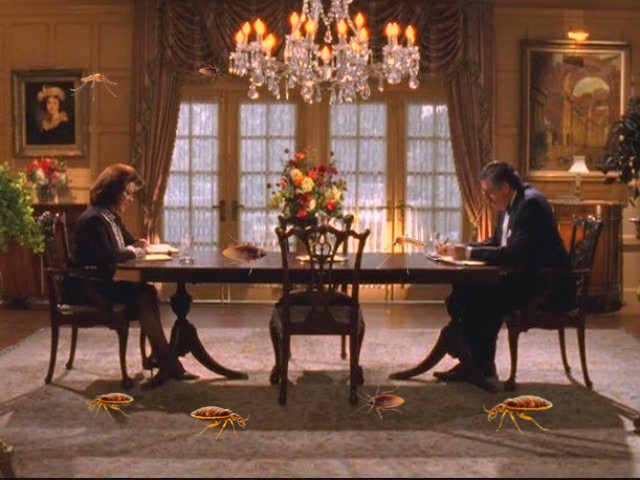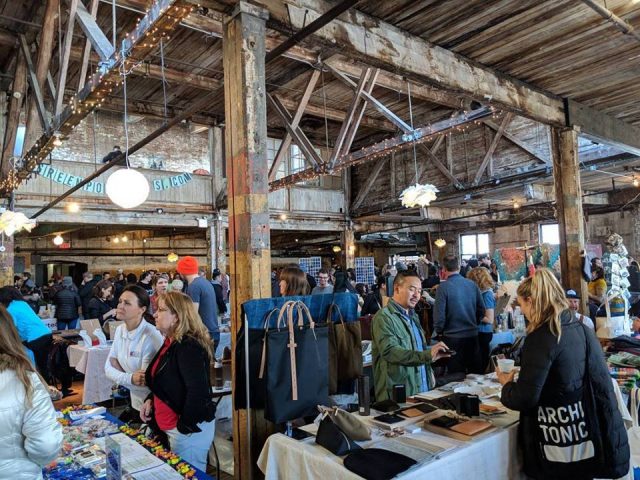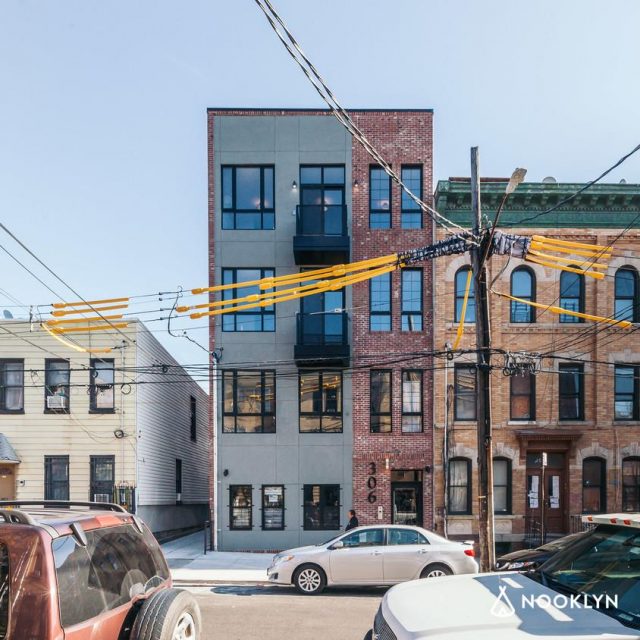
Bugs are on everyone’s mind right now thanks to fears of the Zika virus and the fact that the space insect in an overstuffed man suit from the first Men in Black movie is currently the Republican nominee for president. We often associate bugs with dirtiness, grime and poverty: you think of them as streaming out of overflowing trash cans in untended alleyways and having a stanky many-legs party in an old bag of Trader Joe’s flour in the cabinet every time you turn the lights off.
But it turns out, rich people actually have way more bugs in their homes, according to a study from the California Academy of Sciences that The Atlantic reports on today. They write: “While many people intuitively think that homes in poor neighborhoods would host more bugs, it’s actually the other way round: the wealthiest areas that harbor the widest range of arthropods. … In short: more money, more bugs.” Hey insects are gentrifiers too!
The culprit is the same thing that separates the rich from the poor in New York City, and something people cite as a reason they flee the city to the suburbs: Lawns. More lawns means more plants and more trees, which mean more places for bugs to live and thrive.
“It’s vegetation at a neighborhood scale that’s really having this big effect,” Misha Leong from the California Academy of Sciences, told The Atlantic. So in affluent areas people are more likely to plant trees in their yards and in public spaces like parks and greenways.
The conformity of rich people’s yards — aka people who can afford to hire grounds crews to get everything into Homeowners’ Association-approved shape — also attracts more bugs.
“In some poorer neighborhoods, we can find absolutely glorious and diverse yards but with less emphasis on conformity,” Ann Kinzig from Arizona State University told The Atlantic. If you are an animal or organism that needs more than one yard’s worth of habitat, this may not be a good place for you.”
The study was a small one that looked at homes in Raleigh; but it’s not hard to see how it can be extrapolated out to apply to the city, where apartments stacked on top of each other would be a less habitable environment than a McMansion in Dyker Heights that surrounds itself with a mini jungle of foliage, so those owners can both boast how big your house is and also make it hard to see from the street.
Those kinds of houses also have much more room for fountains, puddles and other standing water spots that are like hourly rate motels for horny mosquitoes who carry disease and the terrifying ZIKA. It also could apply to glitzy condos, which love to line the roofs and balconies with bug-attracting trees, as opposed to your trash roof which only has that broken grill on it and a horrorscape of discarded cigarettes and beer bottles.
This isn’t necessarily a great sign of the state of things overall: It’s like saying that someone who lives in a lush forest cabin has more bugs than someone who lives in a tenement in the middle of a blacktop parking lot in brutally un-verdant Arizona. It highlights yet another economic disparity in this country: the ability to live among greenery, which, when it’s not serving as a Pokemon Go incense for insects, has plenty of health and environmental benefits. The study doesn’t weigh in which kinds of bugs rich people are lousy with either. But the amount of greenery in a neighborhood has long been tied to economic disparity.
If nothing else, this study gives you the opportunity to look at rich people in a new way. Every time you see them ordering bottle service at a bar or taking an Uber home instead of the subway, just know that every time they fall asleep in their 1,000-thread count sheets in their non-Ikea bed, their home is swarming with bugs that certainly crawl into their sleeping mouths every once in awhile.
Read the full Atlantic story here.
Leave a Reply



